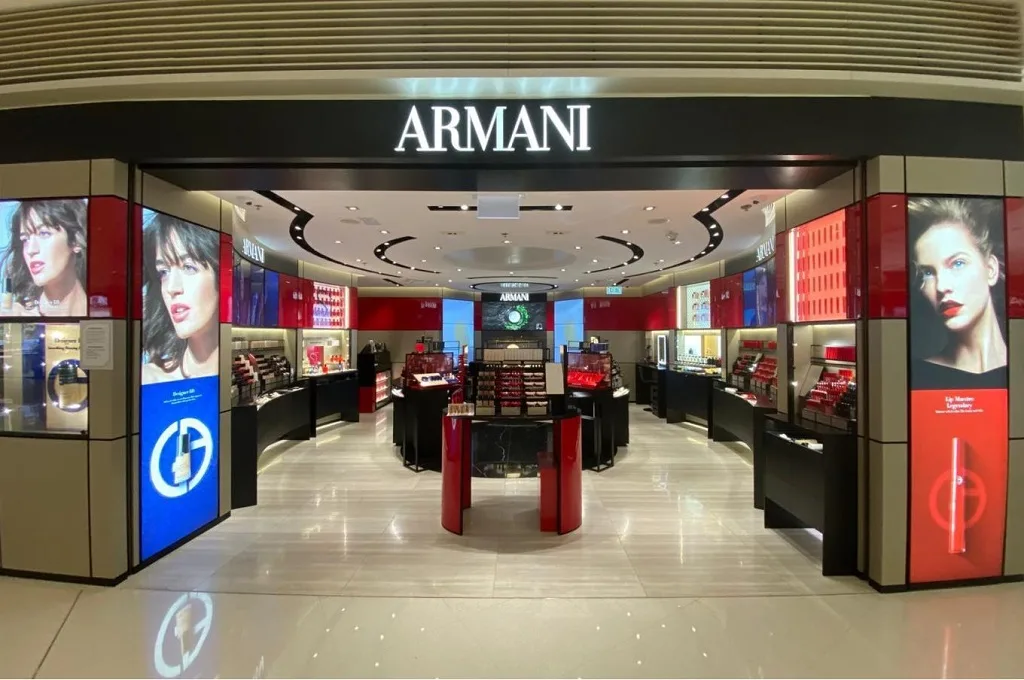
Armani: A Legacy of Elegance and Luxury
Armani, a name synonymous with luxury and sophistication, was established by Giorgio Armani in 1975. The brand quickly became a symbol of elegance, known for its clean lines, high-quality materials, and timeless designs. Giorgio Armani, a designer of unparalleled vision, set out to redefine fashion, focusing on understated luxury and impeccable tailoring. His unique approach resonated with a wide audience, making Armani one of the most revered names in the fashion industry. From its inception, the brand has been at the forefront of fashion, influencing styles and trends worldwide.
Where Did it Start?
The Armani brand originated in Milan, Italy, a city renowned for its fashion and design. Giorgio Armani, who had previously worked as a window dresser and fashion buyer, used his experiences to create a brand that was both innovative and classic. The brand’s first collection, presented in 1975, was a departure from the flashy styles of the time, featuring muted colours and simple cuts. This minimalist approach was revolutionary, and it quickly attracted a following among those who appreciated the finer aspects of fashion. The brand’s success in Milan set the stage for its expansion into global markets.
What Difficulties Did They Go Through?
Like many luxury brands, Armani faced its share of challenges, particularly during the economic downturns of the 1980s and 1990s. The brand navigated these difficult times by diversifying its offerings and expanding into new markets. Giorgio Armani also made strategic decisions, such as entering the American market and launching diffusion lines like Emporio Armani and Armani Exchange, which offered more accessible price points. These moves helped the brand maintain its relevance and appeal to a broader audience. Additionally, the brand faced competition from emerging designers, but its commitment to quality and innovation kept it at the top of the industry.
What Does it Do Besides Clothes?
Beyond clothing, Armani has expanded into various lifestyle sectors. The brand offers a range of products including accessories, cosmetics, and home furnishings. Armani/Casa, for instance, is the brand’s home collection, featuring elegant and contemporary furniture and décor. The brand also has a presence in the hospitality industry with Armani Hotels, offering luxury accommodations in prime locations. These ventures have solidified Armani’s reputation as a lifestyle brand, providing a comprehensive luxury experience. The brand’s diverse portfolio ensures that it remains relevant in an ever-changing market.

How Popular is the Brand?
Armani’s popularity is evident in its global presence, with flagship stores in major cities around the world. The brand’s influence extends to the red carpet, where celebrities frequently don Armani creations. This visibility has made Armani a household name, associated with glamour and sophistication. The brand’s advertising campaigns, featuring high-profile models and actors, further cement its image as a leader in luxury fashion. Despite the challenges of the digital age, Armani has successfully adapted, utilizing social media and digital platforms to engage with a new generation of consumers.
What Have They Achieved?
Over the years, Armani has achieved numerous accolades and milestones. The brand has won several awards for its innovative designs and has been recognized for its contributions to the fashion industry. Giorgio Armani himself has received numerous honours, including the CFDA International Award and the Knight Grand Cross of the Order of Merit of the Italian Republic. The brand’s commitment to sustainability and ethical practices has also garnered praise. Armani’s achievements are a testament to its enduring appeal and the visionary leadership of its founder.
